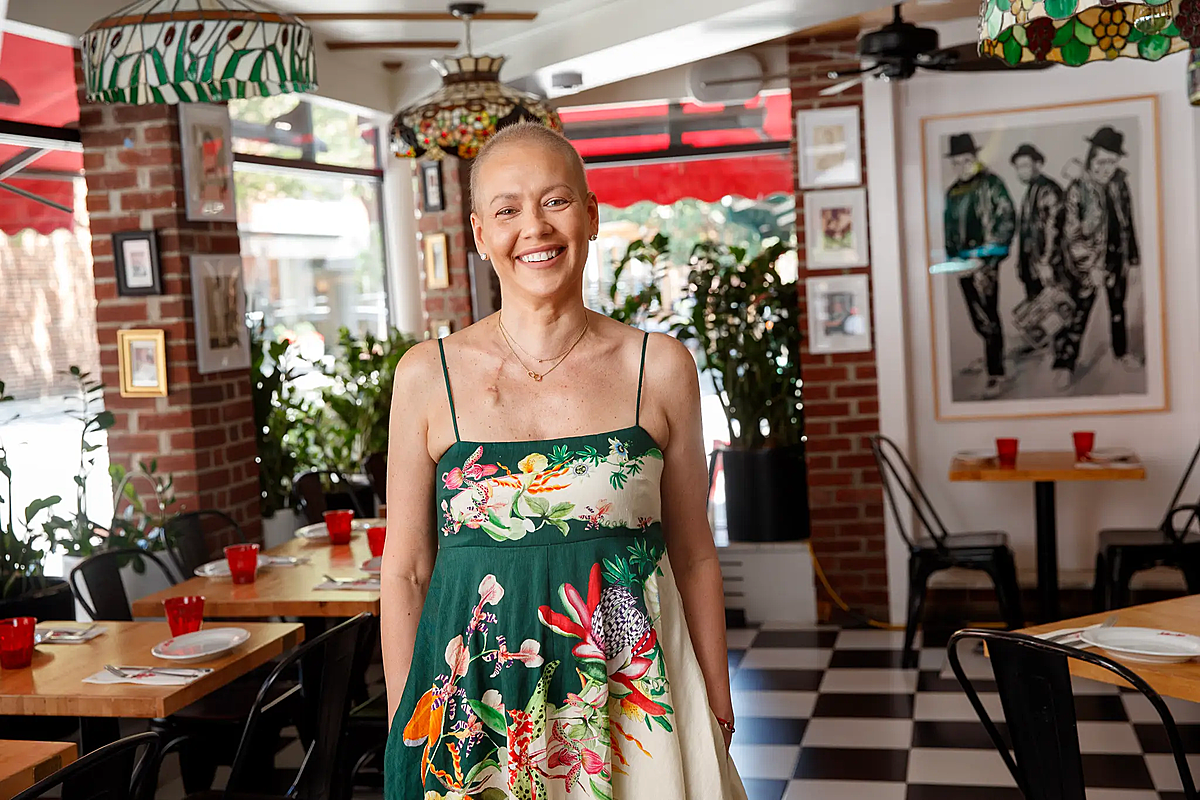In October 2023, a routine gynecological exam revealed a large cyst on Altese-Isidori's ovary. Despite two negative Ova1 blood tests, she opted for ovary removal surgery as she had no further plans for children.
During the procedure, doctors discovered the mass was malignant and had spread to her colon, liver, and chest. A biopsy confirmed stage 4B ovarian cancer, the most advanced stage.
On 15/1, Altese-Isidori underwent extensive surgery to remove seven organs: her spleen, appendix, gallbladder, uterus, ovaries, fallopian tubes, and stomach lining. Portions of her liver and colon were preserved, but she required a temporary colostomy bag during recovery.
After 18 days in the hospital and six rounds of chemotherapy at Memorial Sloan Kettering (New York) and Miami Cancer Institute (Florida), Altese-Isidori’s CA 125 levels returned to normal, indicating remission. She is currently taking PARP inhibitors to reduce the risk of recurrence.
Altese-Isidori now advocates for regular ovarian cancer screening, including transvaginal ultrasounds and annual CA 125 tests, even for premenopausal women.
Jennifer McGrath, CEO of Hearing the Ovarian Cancer Whisper, emphasizes the importance of early detection. "Over the past decade, we've seen more younger women diagnosed with this disease. It's not a cancer doctors are routinely trained to screen for, so you have to be proactive and request it," McGrath stated on 13/8.
"If these symptoms persist for more than a few weeks, seek immediate medical attention," McGrath advises. She particularly urges women with a family history of cancer to establish baseline CA 125 levels and undergo regular transvaginal ultrasounds.
 |
Louise Altese-Isidori during cancer treatment. Photo: NY Post |
Louise Altese-Isidori during cancer treatment. Photo: NY Post
Ovarian cancer is often called the "silent killer" due to its vague early symptoms, which can include bloating, fatigue, feeling full quickly, changes in urinary or bowel habits, and abdominal or pelvic pain.
According to the American Cancer Society, a woman’s lifetime risk of developing ovarian cancer is about 1 in 91. In 2025, an estimated 20,890 new cases will be diagnosed, and 12,730 deaths will occur from the disease.
Thuc Linh (NY Post)












